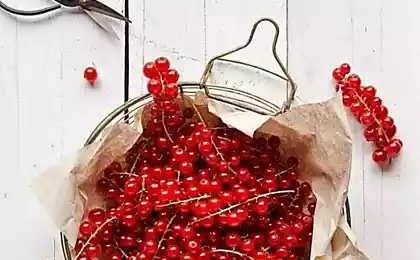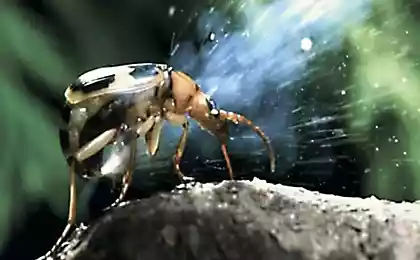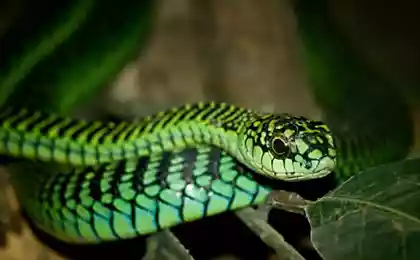198
Small Belttail - an amazing inhabitant of the Red Book of South Africa
The family of belttails is quite numerous and diverse, it includes about seventy species of lizards, differing in appearance, size and habits.
The belttail is small or, as the name of the lizard sounds in Latin, Cordylus cataphractus is the smallest representative of the extensive family Cordylidae (belttails). The average size of an adult lizard is only 9-20 centimeters, while males, as often happens in reptiles, are slightly larger than females.
The Small Belt is a black and white illustration from a classifier published in 1869 by the Museum of Natural History, London. Designed by John Richardson.
But, despite the size, the small belttail is famous much more than its large counterparts. The unusual name of the lizard was due to ring-shaped shields encircling the tail. A characteristic feature of the belttail are large ossified plates, osteoderms. On the back, such scales are especially convex, relief, and to the abdomen become completely smooth. It is this, the most vulnerable part of the body in moments of danger that the lizard hides, instantly folding into a dense ring. At the same time, with her jaws, she firmly clamps her long tail and tries to roll away from possible danger to hide in a deep crevice somewhere nearby. This is a defense technique and has provided the widest fame to the small belttail. It is even compared to the mythical dragon Uroboros, the symbol of eternity, whose name means “eating tail”.
The girdletail (Cordylus cataphractus). Photo by Matthijs Kuijpers.
Interestingly, if the curled lizard still manages to pick up, then it does not try to escape, but quiets down and steadfastly maintains its protective posture.
Small belttail habitat in nature can be seen in many arid corners of South Africa. The natural habitat is the West Coast of South Africa, from the Orange River in the Northern Cape Province to Picketberg in the south. Jumpy lizards are also found in the depths of the country, in the arid steppes and rocky semi-deserts of the Karru.
The waisttail curled up with a ring at the time of danger. Photo by marshcv9.
Where other animals suffer from a lack of moisture and food, the waisttail feels at home, settling under large rocks and in the cracks of rocky exits.
From the habitats and features of the surrounding nature depends on the color of the lizard. It can range from straw to yellow-brown, with the sides of the animal cast olive or red. Often, dark divorces on the back and flexible tail, which is almost half the length of the body, this miniature dragon.
Small belttails live in small communities, where several females have one male controlling the territory. In the wild, they can be considered centenarians among the closest relatives. Often these small lizards live up to 25 years. And during the courtship period, to earn favor, they communicate very interestingly, make rhythmic head movements, twist their tail and even caress their partner with their tongue.
Reproduction of waisttails by the same waisttails acquire once a year. The female has one or two live cubs, which are separated from the outside world at birth only by a thin elastic shell. The size of babies is about 6 centimeters in length, but they are already absolutely ready for independent life and eat the same as adult relatives.
The girdle in the palm of a person - the photo allows you to imagine the size of the reptile. Photo by Steven Troter.
The diet of the belttail includes a variety of local insects. During the spring rains, lizards are happy to feast on numerous termites-reapers in southern Africa. And the rest of the time do not disdain beetles, centipedes, spiders and even scorpions. In the driest time, when food is not enough, waisttails prefer to hibernate.
In natural conditions, lizards have many enemies. These are predators living in the South African Velda, and birds, and, unfortunately, man. Due to the expansion of the management zone, the natural habitat of the small belttail is narrowing. It affects its number and the growing popularity of this species as a home.
A pair of waisttails, female on the left, male on the right. Photo by Elgianchocolate.
Today, the South African government has included the belttail in the Red Book for South Africa, and the catch of the unusual lizard is controlled by the II Convention on International Trade in Endangered and Rare Species.
Margarita Belova,
Source: natureworld.ru/























